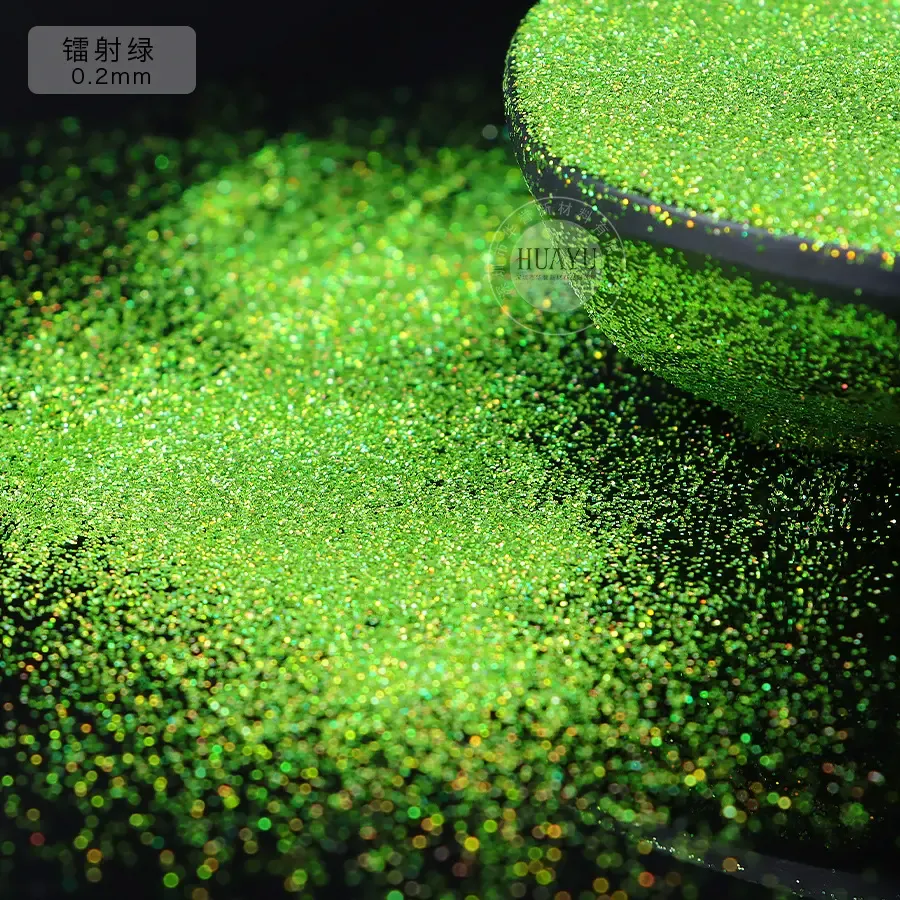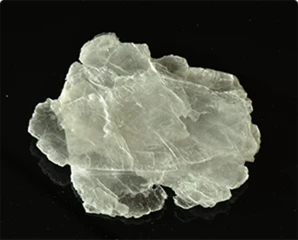mica powder in bulk
Mica powder, a shimmering, fine pigment available in a spectrum of colors, is rising in popularity f...
what can i use instead of mica powder_what can i use instead of mica powder
Mica powder, a shimmering, fine pigment available in a spectrum of colors, is rising in popularity f...
what can i use instead of mica powder_what can i use instead of mica powder
The mica variety that does not contain iron is colorless in flakes, and the higher the iron content, the darker the color, and the more polychromatic and absorbable it is. According to the different chemical composition and optical characteristics, mica group minerals can be divided into Muscovite subgroup, biotite-phlogopite subgroup and lemica subgroup. The common mica are biotite, phlogopite, Muscovite and so on.
Mica powder is a cornerstone ingredient in the cosmetic industry, valued for its ability to add shim...
what can i use instead of mica powder_what can i use instead of mica powder
Benefits of Lip Pigment Powder

Natural mica powder and synthetic mica powder have differences in production methods, heat resistance and color transparency. As the name suggests, natural mica powder is made from natural mica ore after processing, retaining the original characteristics and composition of the ore. Its main components are SiO2 (about 49%) and Al2O3 (about 30%), while also containing K2O+Na2O (9%-11%) and so on. The synthetic mica powder (such as fluoroglogopicite powder), is the use of a variety of raw materials through high temperature reaction and other chemical methods synthetic, its composition and characteristics can be adjusted and optimized according to the need, the chemical formula is KMg3(AlSi3O10)F2, belongs to the monoclinic crystal system, is a typical layered silicate, relatively single and pure composition. The heat resistance of natural mica powder is generally 500-600℃, and some types, such as phlogopite, can reach 800℃. The heat resistance of synthetic mica powder is more excellent, and it can withstand high temperatures above 1200℃, and the melting point or crystallization temperature is about 1375±5. The transparency of natural mica powder is relatively low, and the color is diverse, including black, yellow, white, gray, green, brown and other colors, and may vary due to different ore types and processing methods. The color of synthetic mica powder is relatively single, usually colorless transparent or white, high whiteness, good optical performance, and high transmittance from ultraviolet to infrared band.
The Magic of Mica Powder in Body Butter
3. Customization Artists can customize their projects by mixing different colors and sizes of mica flakes. This allows for personalized creations that reflect individual tastes and styles.

5. Long-Lasting Effect Mica powder enhances the staying power of makeup. Its reflective properties help to blur imperfections, making skin appear smoother and more polished. This quality is especially beneficial for setting powders and eyeshadows, ensuring that your look stays intact for hours.
The Allure of Gold Mica Powder A Sparkling Touch for Crafts and Cosmetics In recent years, gold mica...
what can i use instead of mica powder_what can i use instead of mica powder
Ultimately, choosing the right mica suppliers involves a comprehensive evaluation of their experience, expertise, authoritativeness, and trustworthiness. Businesses that take the time to thoroughly vet potential suppliers often find they can secure high-quality mica that not only meets manufacturing needs but also aligns with broader organizational values and ethical standards. The right supplier becomes a partner in success, contributing significantly to the product's quality and, thereby, customer satisfaction.
X represents large interlayer cations, such as K+, Na+, Ca2+, Ba2+, Rb+, Cs+, etc. Y represents octahedral cations, such as Al3+, Fe2+, Mg2+, Cr3+, Ti4+, Fe3+, etc. Z is mainly Si4+ and Al3+; The ideal ratio of the additional anion (OH)- to (O)2- is 2:10, and (OH)- can be replaced by F- and Cl-. Most mica contain 4% to 5% water. Therefore, although they may be called mica, the chemical composition of different mica may be very different, for the purpose of research, we collectively refer to the minerals with this type of characteristics as mica group minerals.
Mica is a versatile and crucial mineral celebrated for its unique physical and chemical properties. Used extensively in industries ranging from cosmetics and electronics to paint and construction, mica's significance cannot be overstated. However, the process of extracting and refining mica involves complex procedures, typically conducted in specialized mica processing plants. This article explores the role of mica processing plants and highlights their importance in ensuring the responsible and efficient production of this valuable mineral.
In short, there are significant differences between natural mica powder and synthetic mica powder in production methods, color and appearance, performance characteristics, application fields, and price and cost. Synthetic mica powder is superior to natural mica powder in terms of high temperature resistance, transparency, electrical insulation, stability and mechanical properties, while natural mica powder has more advantages in resource acquisition, cost and color. When choosing which type of mica powder to use, you can consider the high temperature resistance of the required material, electrical insulation performance, transparency and color requirements, evaluate the mechanical strength and hardness of the required material, consider chemical stability and other different application scenarios and technical requirements to make a reasonable choice.
Exploring the Usage of Mica Powder A Versatile Natural Resource
Authoritativeness is a critical aspect that distinguishes leading mica manufacturers from others. These manufacturers often have years, if not decades, of experience in the field, fostering deep-rooted knowledge and continual improvement in their production processes. By maintaining robust research and development teams, they drive innovation in mica applications, exploring new uses and constantly upgrading their product lines to meet evolving market demands. This authoritative position in the industry solidifies their reputation as dependable suppliers.

3. Safety Cosmetic mica powder is generally recognized as safe for use in cosmetics. It is non-toxic and skin-friendly, making it suitable for most skin types. This is particularly important as consumers are increasingly aware of the ingredients in their beauty products and actively seek out safer alternatives.

A group of parallel cleavages can be seen in a photograph of biomica under orthogonal polarized (left) and single polarized (right) mirrors.
In the dynamic world of mica trading, our firm stands out not only for the quality of products but also for our unparalleled customer service. We provide comprehensive support, from technical guidance on product selection to detailed information on handling and application. Our after-sales service is a testament to our dedication to client satisfaction, ensuring that their experience with our products and services is seamless and beneficial.


2. Biotite Mica
Mica is a very common rock-forming mineral, widely distributed in crystalline rocks. Its general chemical formula can be expressed as:
From a professional standpoint, expertise in the Chinese mica market highlights the significance of partnerships between research institutions and manufacturing hubs. Such collaborations facilitate the development of novel applications and the improvement of existing products. For instance, the synergy between scientists specializing in mineralogy and engineers in the electronics field has led to advancements in mica capacitors and insulators, driving efficiencies in energy consumption and thermal management in electronics.
Synthetic 120 mesh :large particle size, with pearl shining effect.
The mica variety that does not contain iron is colorless in flakes, and the higher the iron content, the darker the color, and the more polychromatic and absorbable it is. According to the different chemical composition and optical characteristics, mica group minerals can be divided into Muscovite subgroup, biotite-phlogopite subgroup and lemica subgroup. The common mica are biotite, phlogopite, Muscovite and so on.
